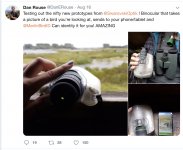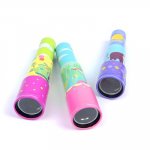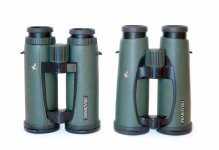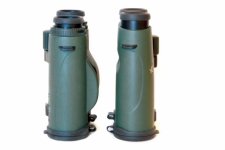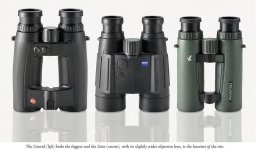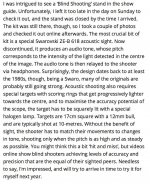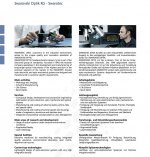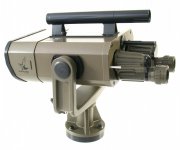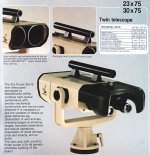John A Roberts
Well-known member

Prototype - Monocular With Integral Digital Camera
In post #3 of the new thread ‘Birdfair 2019’ ( https://www.birdforum.net/showthread.php?t=380056 ), Daniel/ dwatsonbirder showed an image downloaded from Twitter
It’s about a prototype monocular that includes a digital camera that is bluetooth enabled to download images
The original Tweet by Dan Rouse dated 16 August can be found here: https://twitter.com/danerouse?lang=en
As can be from the screen grab, the prototype in its present form is about the size of an SLC x42
As to its prospects or technical details, I couldn’t find any more information
John
In post #3 of the new thread ‘Birdfair 2019’ ( https://www.birdforum.net/showthread.php?t=380056 ), Daniel/ dwatsonbirder showed an image downloaded from Twitter
It’s about a prototype monocular that includes a digital camera that is bluetooth enabled to download images
The original Tweet by Dan Rouse dated 16 August can be found here: https://twitter.com/danerouse?lang=en
As can be from the screen grab, the prototype in its present form is about the size of an SLC x42
As to its prospects or technical details, I couldn’t find any more information
John
Attachments
Last edited:




